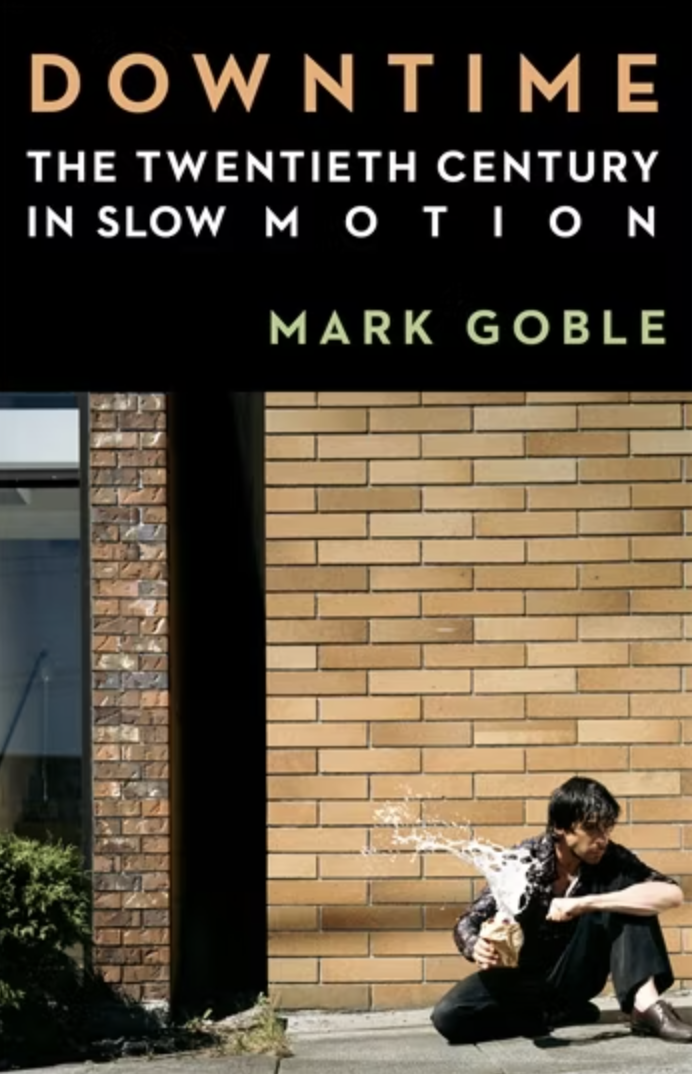“The history of film might well begin in slow motion,” Goble writes early in Downtime. In Hollywood’s first days—before the widespread introduction of the motorized camera and electrical projector in the early 1910s—movies had to be “cranked” by hand, meaning that any operator cranking slower than the intended frame rate was, technically, creating or showing a movie in slo-mo.
Yet even in the nineteenth century, some filmmakers were deliberately manipulating time by “overcranking” the camera and then showing the film at “normal” speed. Goble points to an 1897 film of a boxing match (the Corbett-Fitzsimmons Fight), which included a slow-motion “replay” of the knockout blow, as well as a racist 1901 short called The Indian Chief and the Seidlitz Powder, as early examples of this technique.
It was at precisely this time, the turn of the century, that filmmakers were developing the earliest camera techniques—close-ups, “shot-reverse-shot editing,” etc.—which today feel essentially inherent to the very enterprise of cinema. Yet slow motion was “vanishingly rare,” Goble writes, until the 1920s, when a number of directors—especially those making educational and sports films in which deliberate deceleration might be revealing—apparently found it suitable (or easier to achieve on more technologically sophisticated cameras). Indeed, for most of the next half-century, the “vast majority” of slo-mo appeared in newsreels featuring athletics (running, dancing, etc.) or instruction (stitch up the patient like so), rather than the increasingly prestigious fare of the movie palace.
The first American feature film that Goble has found to be using slow motion is the silent-era classic The Thief of Bagdad (1924), in which Douglas Fairbanks fends off a massive underwater spider with unnaturally unhurried grace. The first slo-mo explosion that he has encountered in a feature film is in Three Songs About Lenin (1934), by the great Soviet auteur Dziga Vertov. But Goble cautions against looking for any true “first,” noting the sheer quantity of early films that do not survive in watchable form. With “years” of effort, he has tracked down “sixty or so appearances of slow motion” before the 1960s—but the available archive from which he’s drawing represents a pitiful fraction of what once played in theaters across the country.
“What is remarkable,” Goble writes, “is the slowness of slow motion’s growth over the decades, given that it was technologically possible from the first moments of film’s development.” Indeed, as Hollywood entered and eventually exited its “Golden Age,” slo-mo remained a relative rarity, a trivial, “often pretty tasteless” technique.
